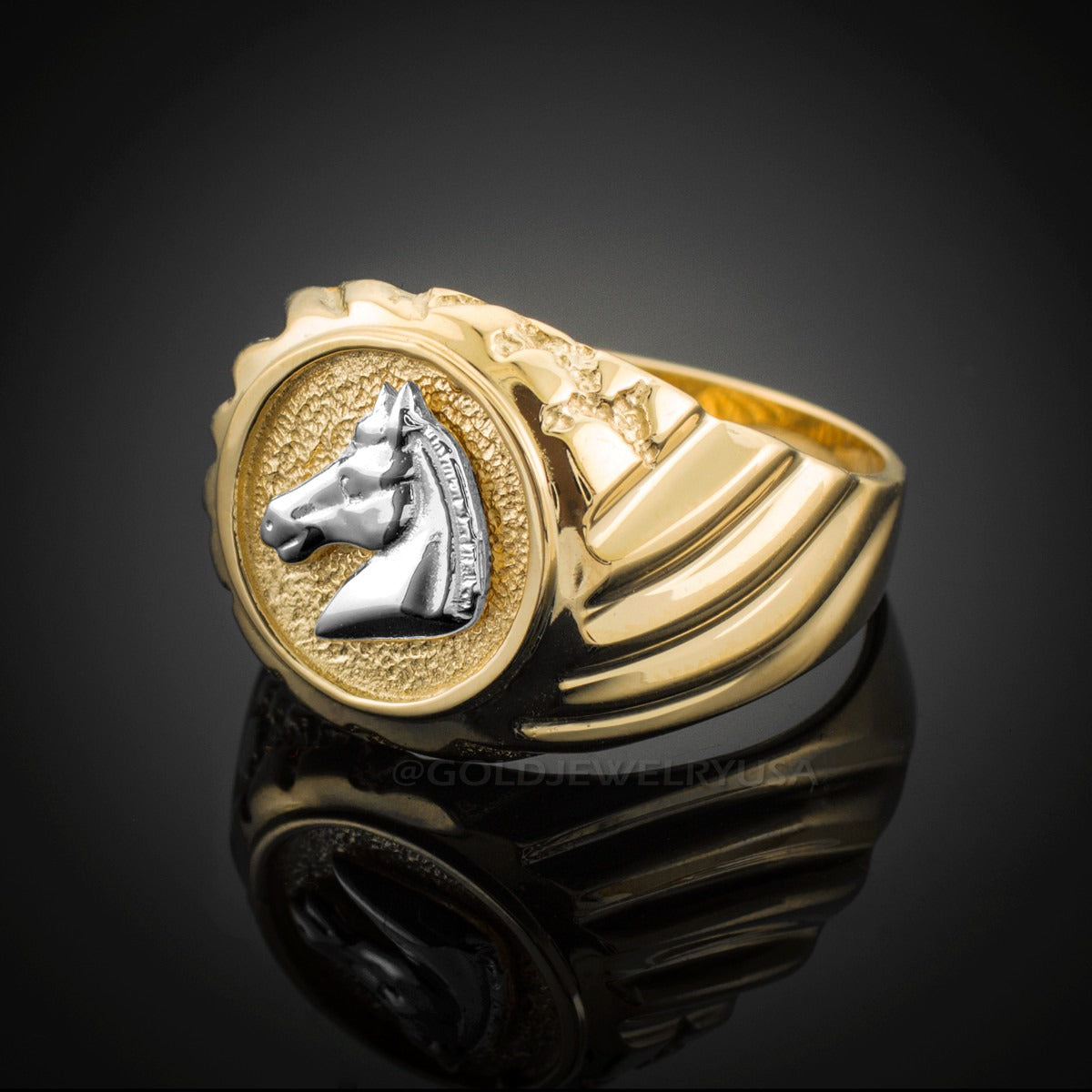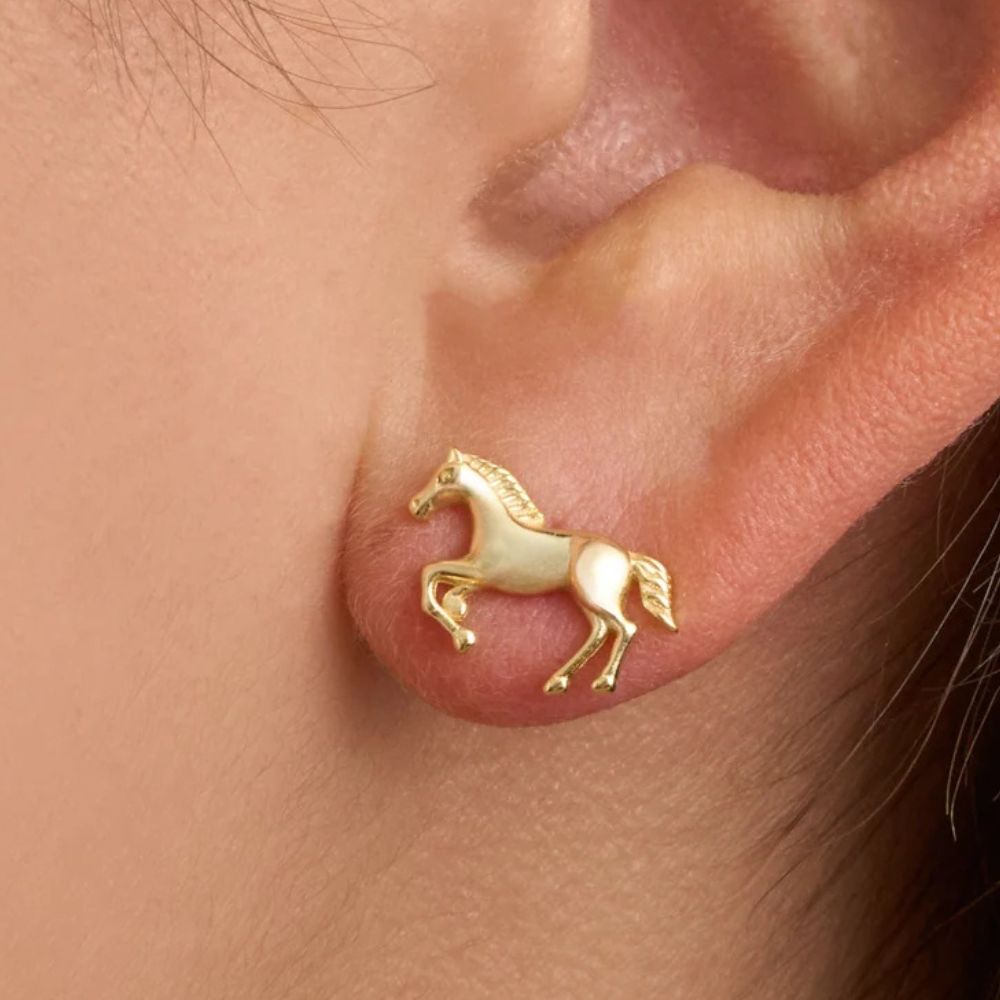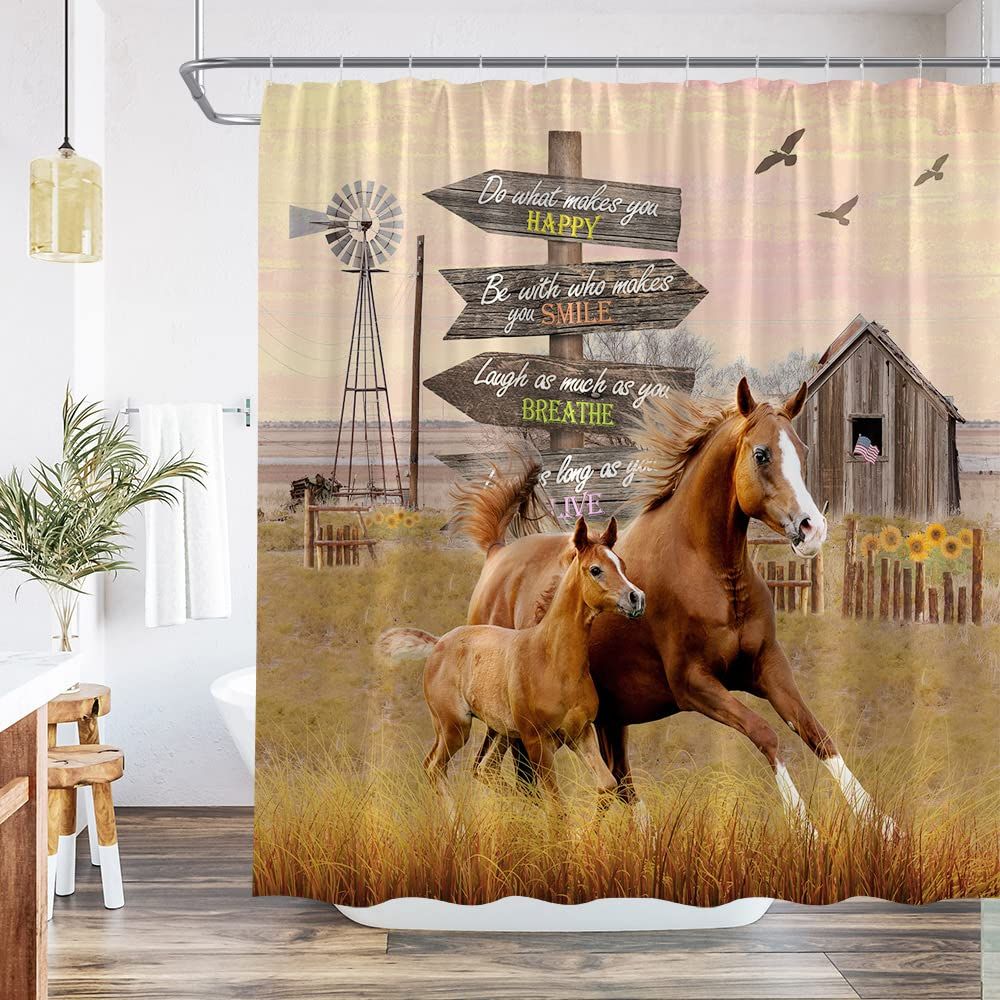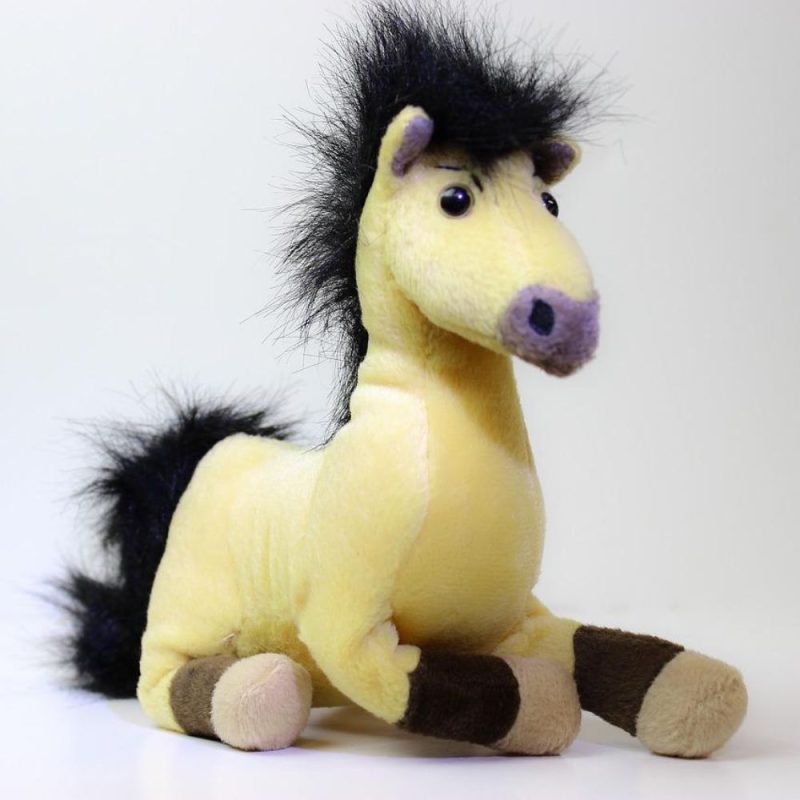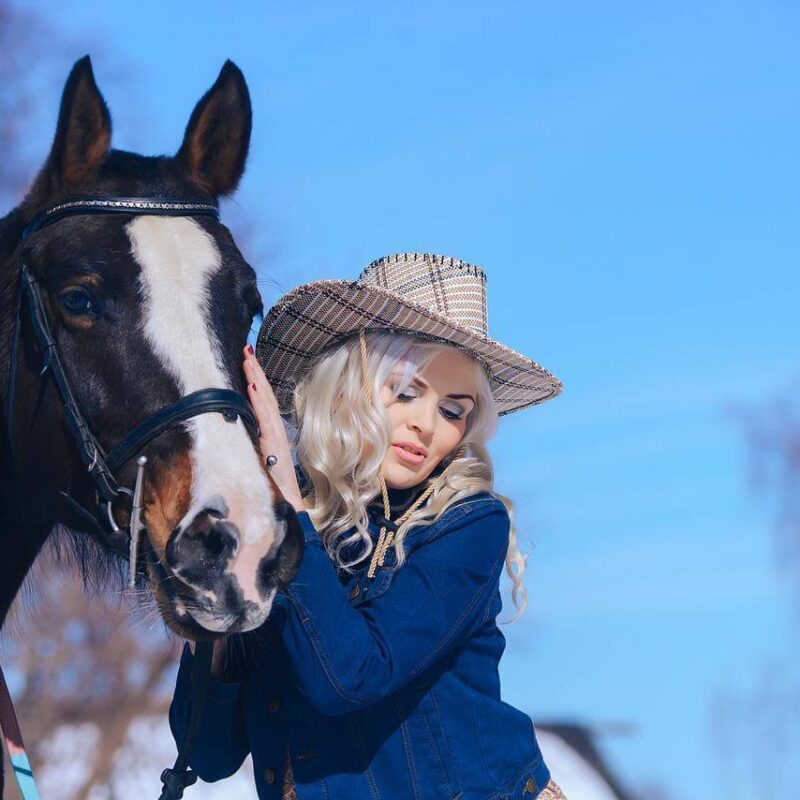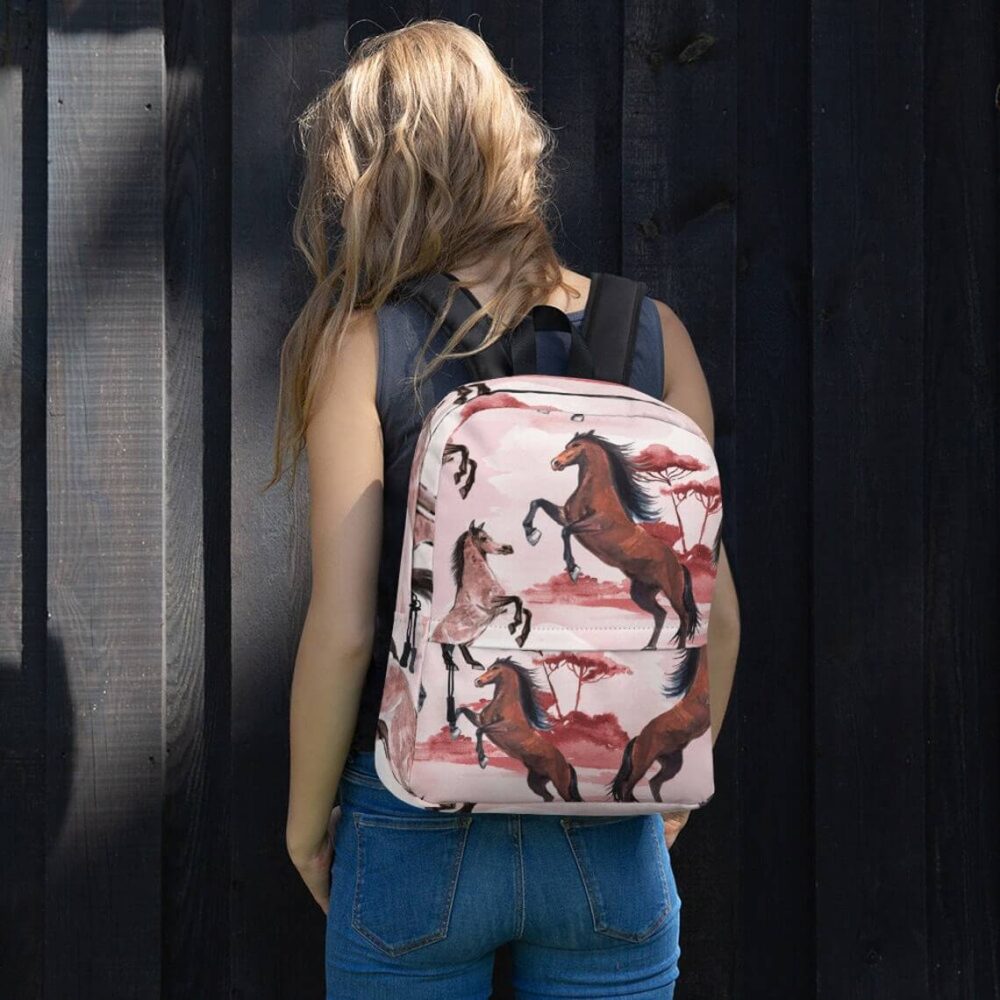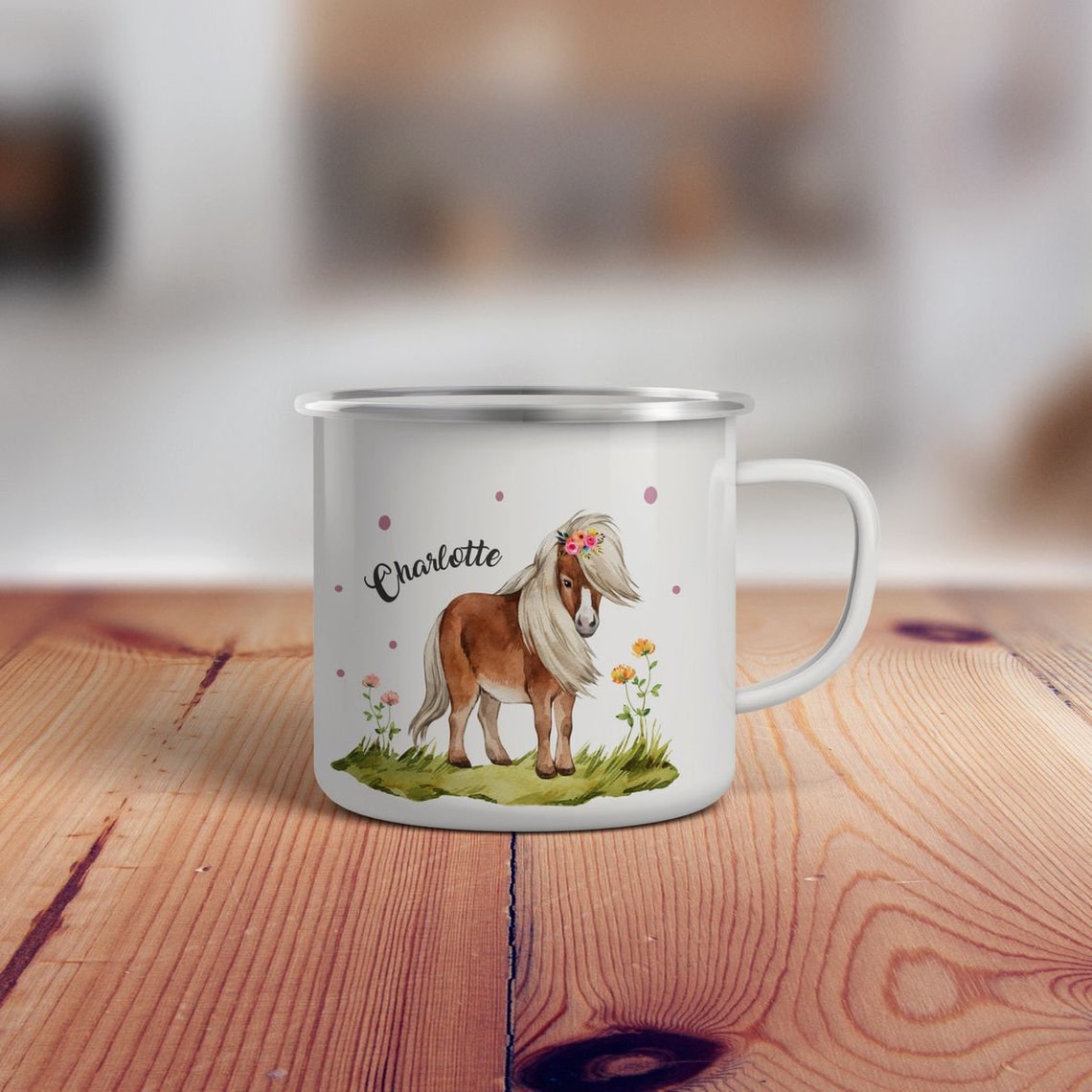
Can You Seed a Pasture With Horses on It? Tips for Success
The crisp scent of fresh earth fills the air as a gentle breeze ripples through the grass—your pasture needs renovation, but your horses aren’t going anywhere. Can you sow new seeds while they graze? The answer is yes, but it takes strategy. Balancing equine hoof traffic with tender new growth demands careful planning, timing, and a bit of patience. With the right approach, you can transform patchy, overgrazed land into a lush, nutrient-rich haven. Let’s break down how to seed a pasture without relocating your horses—and why this method might just save you time and money.
Understanding the Challenges of Seeding With Horses Present
Seeding a pasture while horses still graze isn’t impossible, but it’s not as simple as broadcasting seeds and hoping for the best. Horses are heavy, curious, and have a knack for trampling fresh growth. Overgrazing, compaction, and uneven seed distribution are common hurdles. Here’s why it’s tricky—but worth it:
- Hoof Traffic: Young seedlings are fragile. Constant grazing and stomping can uproot them before they establish strong roots.
- Seed Consumption: Horses might eat seeds before they sprout, especially if they’re hungry or bored.
- Soil Compaction: Hard-packed earth from hooves reduces seed-to-soil contact, limiting germination.
Yet, with smart techniques, you can minimize these risks and encourage a thriving pasture.
Choosing the Right Time to Seed
Timing is everything. The best seasons for pasture renovation are late summer to early fall or early spring when:
- Soil moisture is adequate (but not waterlogged).
- Temperatures are mild—cool nights and warm days boost germination.
- Weed pressure is lower, giving grass seedlings a fighting chance.
Avoid seeding in peak summer heat or deep winter. If horses are on the pasture, consider rotational grazing—letting sections recover while seeding others.
Preparing the Pasture for Seeding
Soil Testing & Amendments
Before dropping a single seed, test your soil. A balanced pH (6.0–7.0) and proper nutrients (phosphorus, potassium) ensure strong growth. If your soil is compacted, light harrowing or aerating helps seeds penetrate.
Selecting the Best Grass Varieties
Pick hardy, horse-friendly grasses like:
- Perennial ryegrass (fast-growing, durable)
- Tall fescue (drought-resistant, deep roots)
- Timothy or orchardgrass (nutritious, palatable)
Avoid toxic plants (e.g., clover in excess) and mix species to reduce overgrazing risks.
Seeding Methods That Work With Horses
Overseeding vs. Full Renovation
- Overseeding (spreading seed over existing grass) is less disruptive and works well for thinning pastures.
- Complete renovation (killing old grass first) is best for severely damaged fields but requires temporary horse relocation.
Protecting New Seeds
Here’s the golden rule: reduce hoof traffic on seeded areas. Try these tactics:
- Strip Seeding: Only seed small sections at a time, rotating horses away.
- Temporary Fencing: Use electric tape to block off seeded zones for 4–6 weeks.
- Late-Season Grazing: Let horses graze lightly in winter, avoiding spring seedlings.
For better seed-to-soil contact, lightly drag a chain harrow after broadcasting.
Post-Seeding Care for Success
Once seeds are down, avoid mowing too soon—wait until grass reaches 6–8 inches. Monitor moisture; newly seeded areas need consistent dampness (not flooding). If horses must graze, keep sessions short and controlled.
The Reward: A Lush, Sustainable Pasture
Imagine your horses trotting through thick, green grass—their coats gleaming, their bellies full. By seeding smartly, you’re investing in long-term pasture health and reducing feed costs. It’s a labor of love, but the rewards—happy, healthy horses and land that thrives—are worth every step.
So yes, you can seed with horses on it. With patience and thoughtful management, your pasture will flourish—hoofprints and all. 🌱🐴








